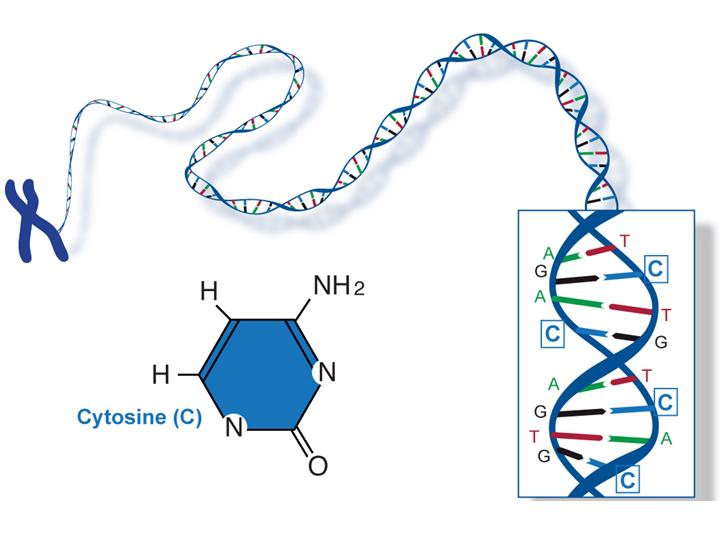Summary: Learn more about RNA polymers, an important part of all life on Earth.
The RNA polymerase (RNAP) enzyme is essential to organic life. Discovered in the 1960s, RNA polymers produce primary transcript RNA, are found in many viruses, and polymerize ribonucleotides at the 3’ end of an RNA transcript.
If the encoded gene is a protein, messenger RNA (mRNA) can act as a template for the protein’s synthesis. In virology, positive strands of RNA viruses contain the necessary genetic information for viral replication, or the production of many new infectious particles in a brief period of time. The RNAP enzyme is present in every single viral particle.
![]()
Dr. Jan Zemplenyi and the Bel Red Center are standing by to assist you in reaching your goals. For the best in care for plastic and cosmetic surgery, visit the Bel Red Center today. Schedule an appointment, or read more about the Bel Red Center online.
RNA polymers are complex, but the enzyme’s activity can be viewed on an electron-micrograph and tracked from the very beginning of transcription at the 3’ end, to the conclusion, at the 5’ end, at which point the RNA molecules have been completely transcribed.
The DNA polymers must first assemble nucleotides into DNA molecules. Then, in the first stage of gene expression, a DNA sequence is read and copied into a complementary primary transcript RNA strand.
While most viruses’ RNA synthesis is initiated by DNA-dependent RNAPs, other positive-strand viruses, such as influenza and polio, rely on RNA-dependent RNAPs instead. As the latter is never found naturally in mammalian cells, it is highly invasive, but can fortunately be targeted and inhibited by antiviral compounds.
Viral replication and evolution is successful because many incorrect nucleotides are inserted during chain elongation. When DNA polymerases fail to proofread sufficiently, errors allow for extensive mutations.
